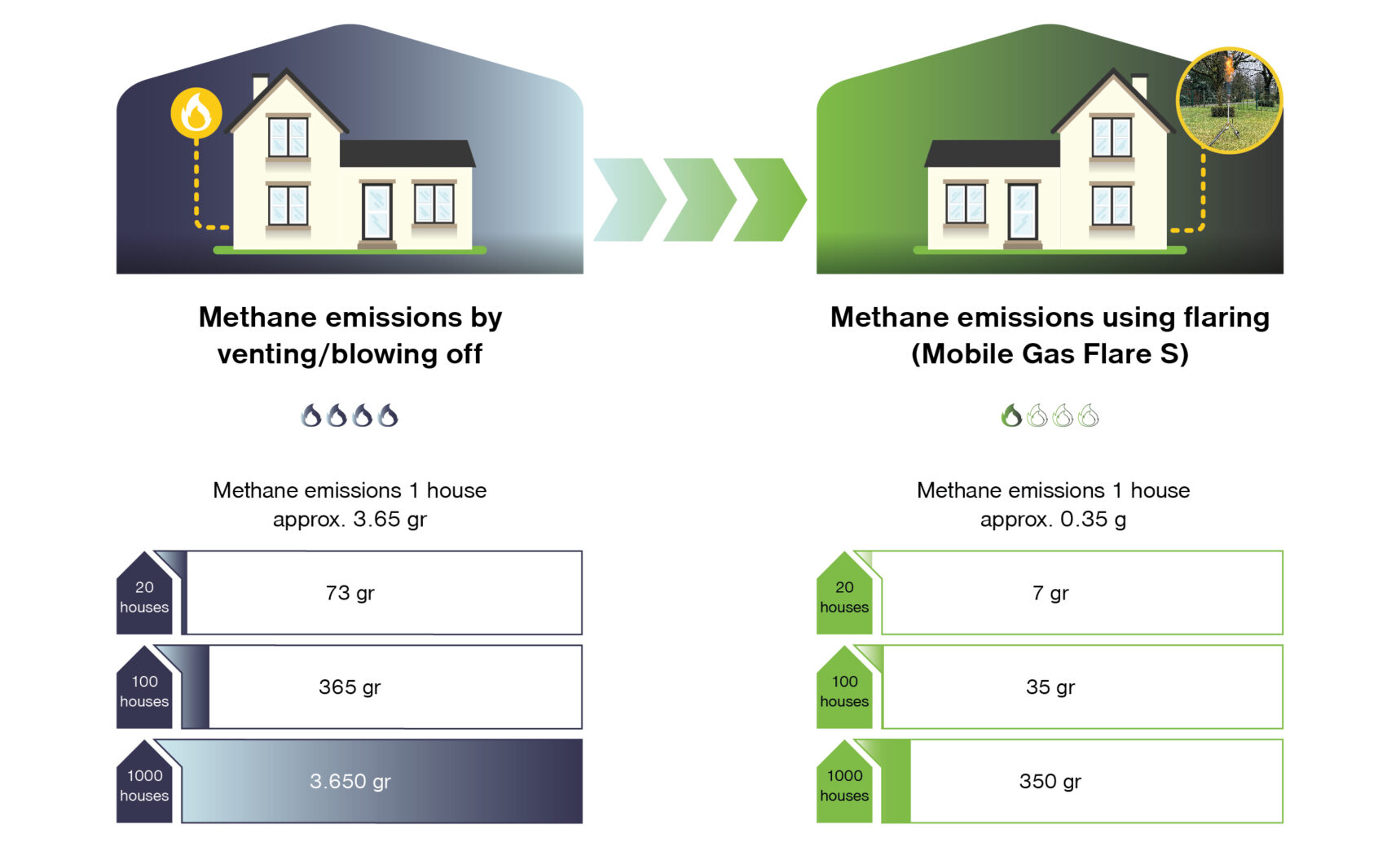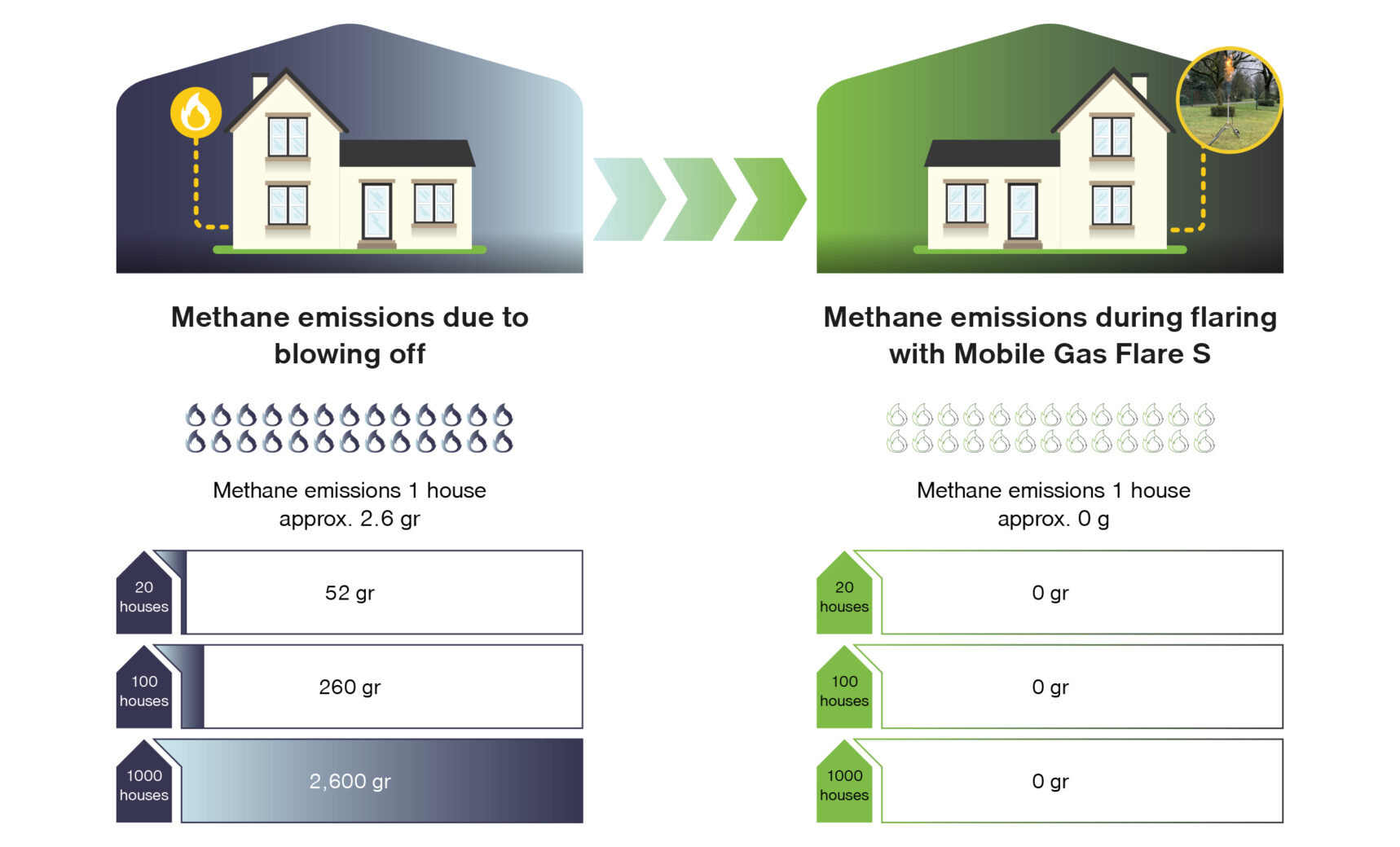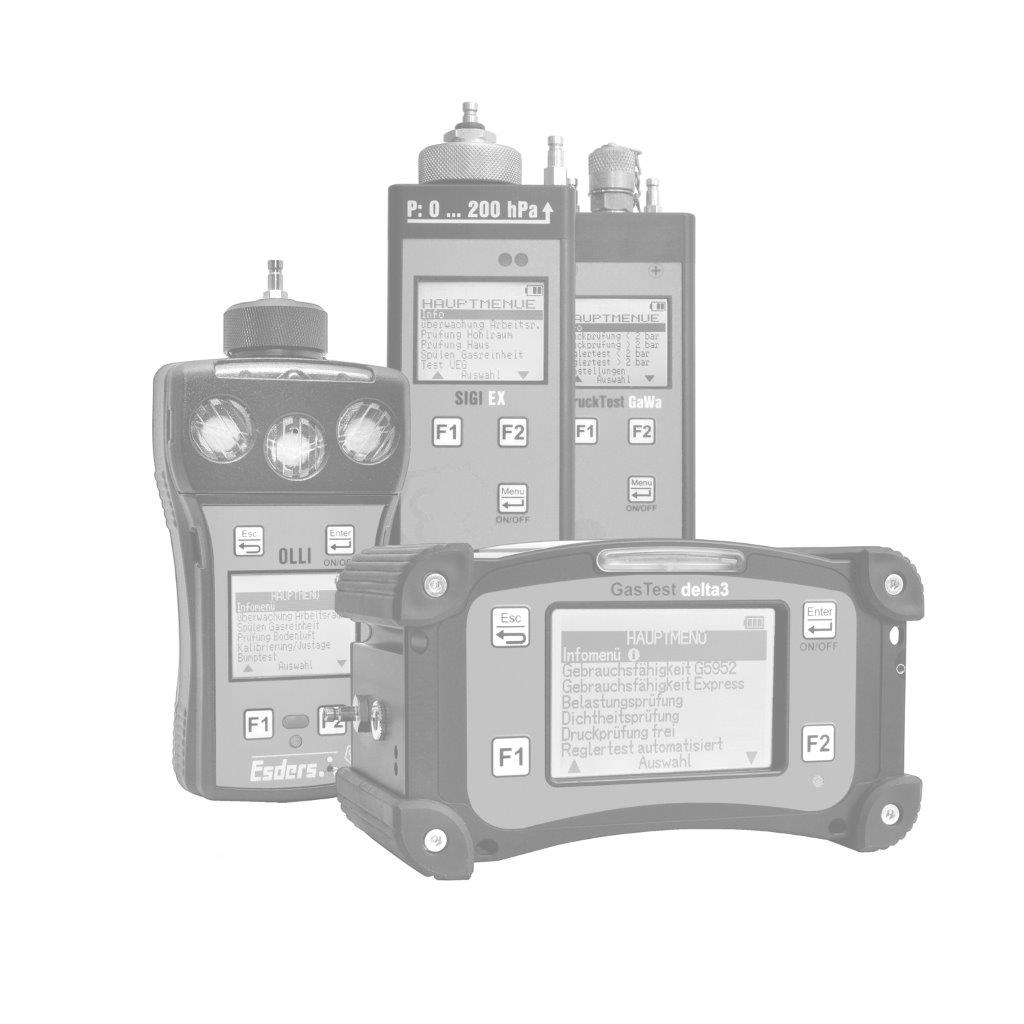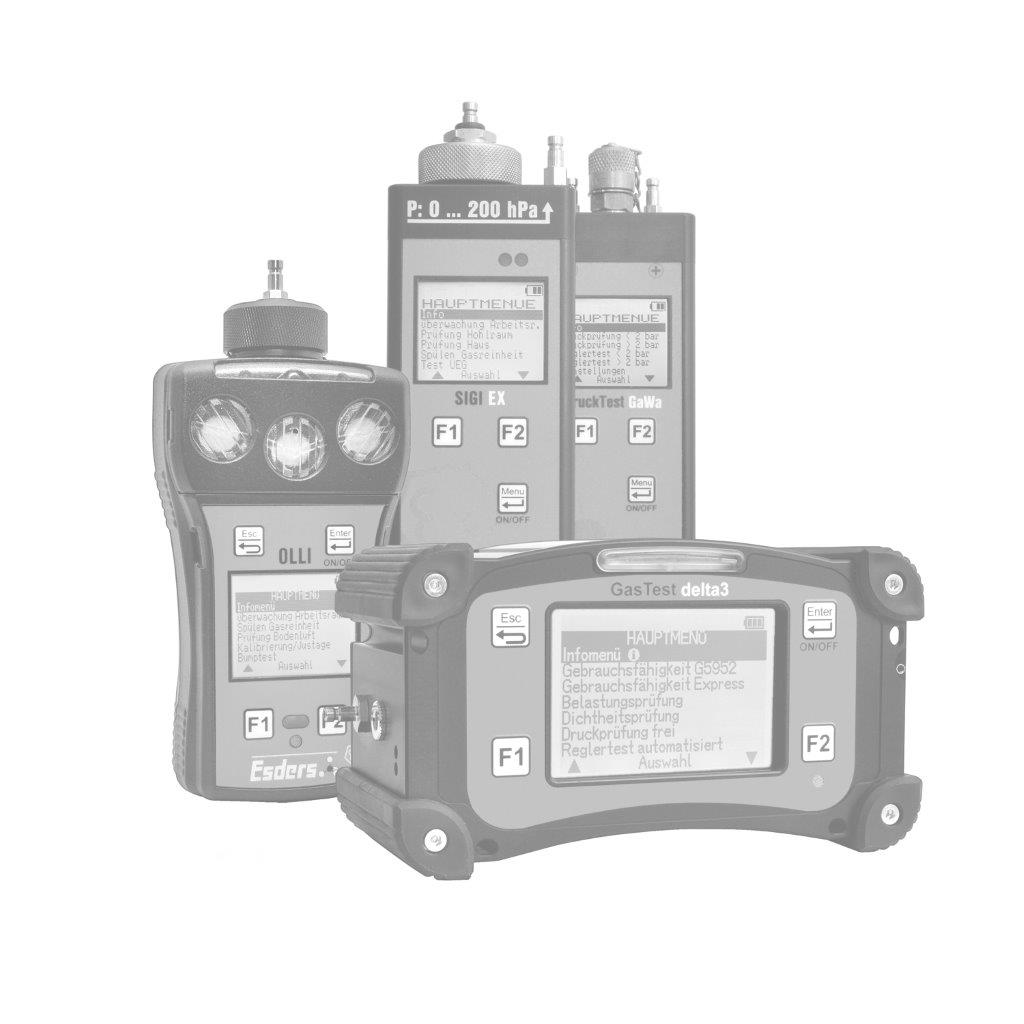
Contents
The EU regulation to reduce methane emissions comes into force on 4 August 2024.
Changes that the EU Methane Regulation brings to the energy sector
Flaring
Flaring is permitted if it is unavoidable and absolutely necessary and the reporting obligations are complied with. The gas flare must have a destruction and removal efficiency of at least 99%. Flares with a destruction and removal efficiency of less than 99% may also be used until 5 February 2026.
Venting
Venting is only permitted if flaring is not technically feasible. In addition, the authorities must be informed of the necessity and appropriate evidence must be provided.
Leak detection
In any case, operators shall carry out the first Type 2 LDAR survey of existing sites by 5 August 2025.
Download
Download - Annotated extract from the EU Methane Regulation
We have an annotated extract from the EU Methane Regulation, specifically relating to the oil and gas sector, for you to download. With our assessments and ideas regarding requirements for measurement, reporting and verification.
Download
Download - Full EU Methane Regulation
We have the current and adopted EU Methane Regulation for you to download here.
REGULATION (EU) 2024/1787 OF THE EUROPEAN PARLIAMENT AND OF THE COUNCIL of 13 June 2024 on the reduction of methane emissions in the energy sector and amending Regulation (EU) 2019/942
Green Deal: Methane emissions reduction
Climate protection is increasingly coming into focus, especially with the EU Green Deal of all 27 EU member states.
What is the EU Green Deal?
The EU Green Deal is a comprehensive programme of the European Union that aims to combat climate change and make Europe climate neutral by 2050. This would make Europe the first climate-neutral continent in the world.
An important part of this is reducing methane emissions in the energy sector. Methane is a greenhouse gas that has a much higher climate impact than carbon dioxide. Therefore, the regulation decides to establish strict limits for methane emissions in the gas infrastructure. This regulation will help to combat climate change and achieve the goals of the EU Green Deal.
We have a clear target with the Green Deal!
The EU Green Deal will put the Union on the path to climate neutrality by 2050 by comprehensively decarbonising all sectors of the economy. (Decarbonisation means the reduction of CO₂ emissions, with the long-term goal of no longer emitting greenhouse gases from economic activities).
With the regulation on methane emissions reduction, the European Union has taken a major step forward and legally established the goal of achieving climate neutrality throughout the economy by 2050. The binding target for 2030 is to reduce 55 % of net greenhouse gas emissions by 2030 compared to 1990 levels.

The EU methane emissions reduction regulation has the following objectives
#1 Ensure robust quantification of emissions, including reporting of greenhouse gas (GHG) inventory data.
#2 Effective reduction of methane emissions across the energy supply chain by 2030 by improving technologies and processes.
#3 Improve the transparency and availability of information on methane emissions in the EU through a comprehensive data system.
Mobile Gas Flares: One key to reducing methane emissions
Our gas flare technology is a cost-effective solution for capturing and flaring methane from various sources. In the last 33 years, the German gas industry has already saved up to 40 % methane emissions, now we need to reduce emissions by another 15 % by 2030 to pave the way to climate neutrality by 2050. We have successfully improved and replaced large emission drivers and leakage-prone assemblies in recent years.
Now we need to eliminate the small leakages and methane emissions in the gas distribution network and the house connections.
We provide information on the benefits of using mobile gas flares and how they can help reduce the impact of methane emissions on the environment.
Download our asset on flaring methane
Are you interested in reducing methane emissions? Then you should definitely download this asset on how flaring methane reduces emissions. This asset explains how the Mobile Gas Flare is the best alternative to venting and releasing.
By downloading this asset, you will gain valuable knowledge about the flaring times.
How much methane emissions can you save with gas flaring?
Example data for a typical pipeline in Germany
Commissioning with our Mobile Gas Flare S saves at least 90 % of methane emissions.

Newly laid natural gas pipelines in housing development areas must be purged before they are put into operation. The purging process with natural gas can be carried out without a gas flare. This is referred to as venting, which releases a certain amount of methane into the air. By using a gas flare during purging and thus flaring the gas is neutralised and therefore during the process of purging methane emissions can be reduced by about 90 %. With the help of the Mobile Gas Flare S, a significant contribution to the reduction of methane emissions in the gas distribution network can be achieved during the commissioning of house connection pipes.
Suppose the house connection pipe that runs from the house to the gas network has an inner pipe diameter of 25 mm, the total length of the service line is 7.6 metres. This means the house connection pipe has a total volume of approx. 3.7 litres. All numbers mentioned here on methane reduction have been ascertained under the assumption that purging is carried out with at leas twice the volume of the house connection pipe. Methane content in natural gas is approx. 90 %. Operating pressure of gas pipe, 100 mbar.
The methane reduction through the use of a gas flare during a purging process is somewhat below 100%, as non-ignitable gas-air mixtures can occur at times.
As soon as an ignitable gas-air mixture is present in the gas flare, it is completely burnt with an efficiency of 100% and with low pollutant emissions.
Decommissioning with our Mobile Gas Flare S saves up to 100 % of methane emissions.

To be able to carry out maintenance on a gas service line in a residential area, the line must be temporarily decommissioned, i.e., the service line must be separated from the gas network and gas inside the service line must be removed somehow. This can be achieved by venting it, causing significant methane emissions, or by using a gas flare.
Suppose the service pipe that runs from the house to the gas network has an inner pipe diameter of 25 mm, the total length of the house connection pipe is 7.6 metres. This means the house connection pipe has a total volume of approx. 3.7 litres. Methane content in natural gas is approx. 90 %.
At an operating pressure of 100 mbar, there are usually between 2.5 and 2.6 grams of methane in the house connection pipe. When the system is decommissioned, this methane must be emptied, either by venting it or by using a flare. As soon as an ignitable gas mixture is present in the gas flare, the gas is completely burnt with an efficiency of 100% and with low pollutant emissions. During expansion, an ignitable gas mixture is present at all times, so that the methane reduction for the entire process is 100%.
Here are our Mobile Gas Flares

Sign up for our newsletter and never miss a thing.
From new products like the “Mobile Gas Flare XL” to the latest information about all our applications and blog news, you will receive selected information directly by mail.
.jpg?width=100)
.jpg?width=100)